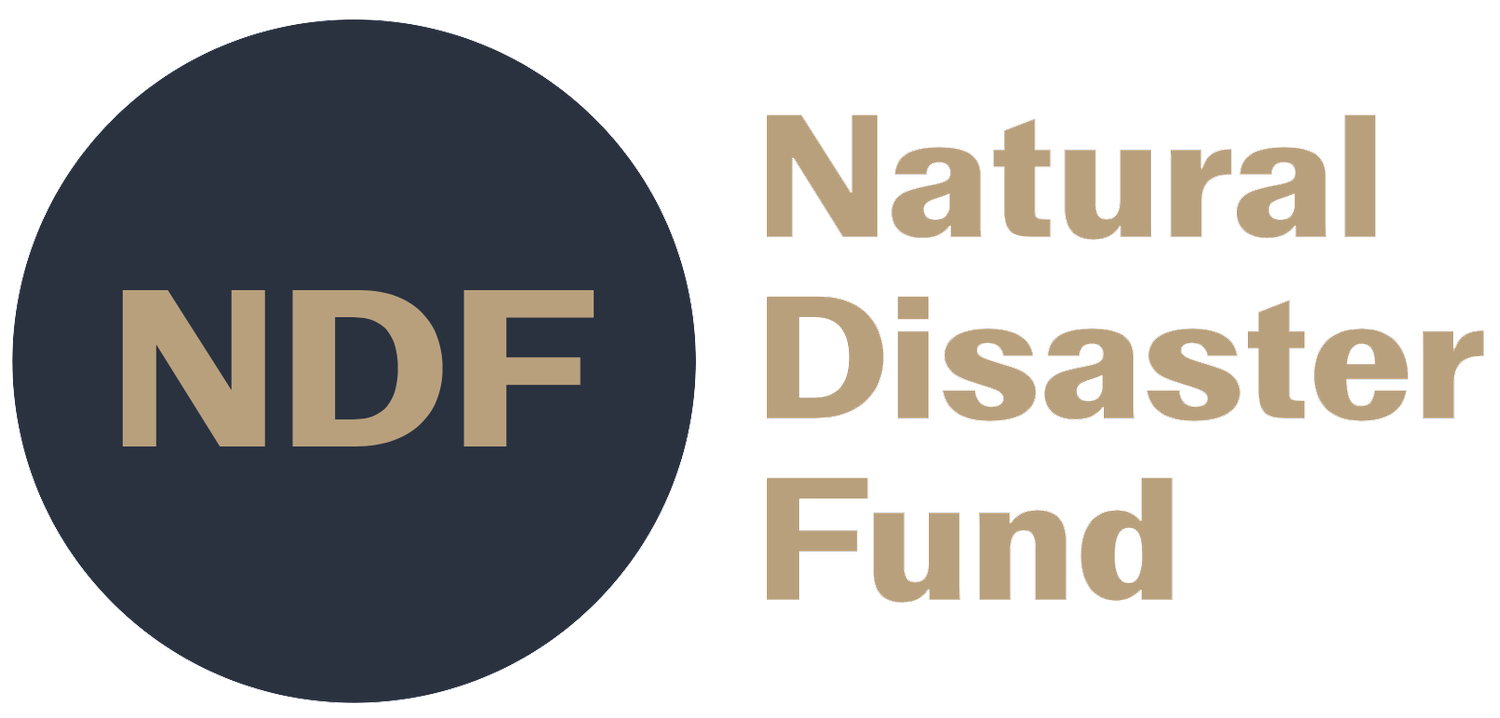
MANDATE
The NDF mandate aims to achieve several key objectives. It seeks to provide risk capacity to support effective risk transfer solutions, ultimately fostering resilience of poor and vulnerable people. Additionally, the mandate focuses on building a diversified portfolio of impactful transactions, emphasizing the integration of parametric solutions into comprehensive disaster risk management strategies.
Moreover, the NDF aims to provide parametric risk transfer coverage to both the public and private sectors, ensuring a broad and inclusive approach. It provides funds for response and recovery efforts, business continuity, and protection against loss and damage.
The NDF mandate contemplates a Technical Assistance Facility (TAF) grants seek to develop and deploy products to overcome the challenges present in the market for parametric NatCat and climate risk transfer solutions in developing economies. It finances projects in partnership with NDF counterparts, including structuring for high-impact programmes and product design.
Eligible Recipient Countries for NDF Funds
The NDF funds are directed toward countries eleigible to receive Official Development Assistance (ODA), in accordance with the criteria set forth by the Development Assistance Committee of the Organisation for Economic Co-operation and Development (OECD).
Intended Counterparts to the NDF
The NDF intended counterparts are any institutions with exposure to ODA countries which are threatened by natural disasters. Examples of collaborations include risk transfer schemes designed for clients of financial institutions, microfinance organisations, agricultural companies, as well as central and local governments.
Technical Assistance
The TAF provides grants for product development and risk capacity deployment, intended to originate scalable parametric risk transfer solutions that protect poor and vulnerable communities against extreme weather events and natural catastrophes. The TAF contributes to building the pipeline of NDF transactions.




